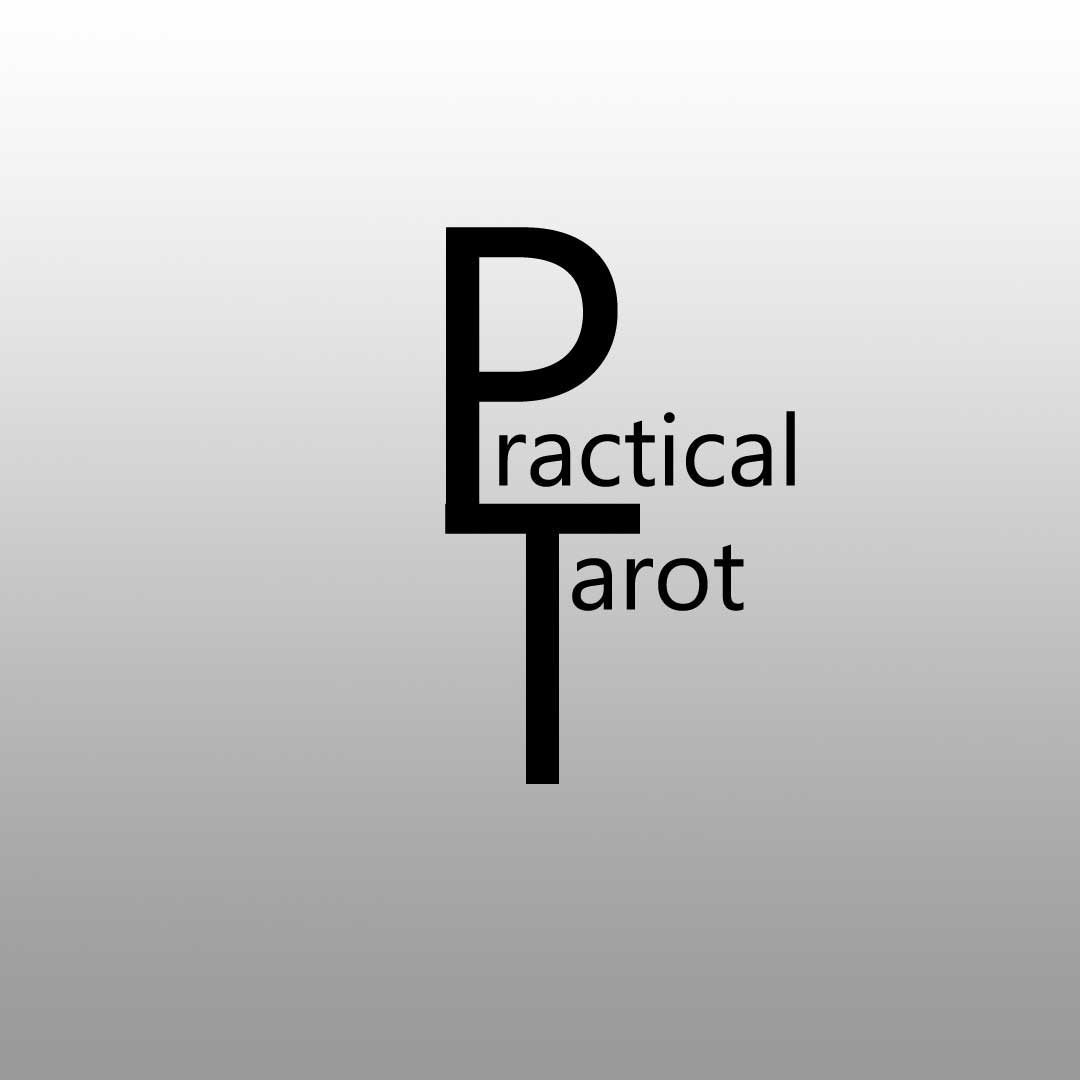The Fool is the only card in the Major Arcana without a number. His number is zero. There is an enigma, a paradox here: for how can nothing be something? The Fool is nothing; a non-person, and yet here he is striding blithely towards the cliff edge accompanied by his companion dog. Why is he not number 1 in the Major Arcana?
The answer is that the remaining 21 cards in the Major Arcana represent the Fool’s journey from innocence, a blank slate, to his full evolution as an individual - a process that Carl Jung called individuation. We all start life, and begin every new stage of our lives, with no experience of failure, no preconceived notions about what success might mean; just the germ of an idea which propels us forward to take the next step and the one after that. Each step brings a new experience which informs our choices. We leap and swerve and dive and duck, and we reevaluate who we are and the choices we take. With each step taken we also reaffirm who we are. We become who we are. The choices we make dictate the paths we will take and lead to new paths, different choices. Often we can look back and see clearly how our current situation stems directly from a choice we made weeks, months, years and even decades before.
The Fool has a colourful and important history in our culture. In medieval times he was the clown who sat beside the King and amused him with jokes and tall tales. He was an outsider, a clown, not adhering to the rules that governed the rest of the King’s subjects. He spoke truth to power, ridiculing not only the courtiers and their customs but the royal family and even the King himself. He was sarcastic, funny, irreverent and scathingly honest. He appears in Shakespearean plays as the commentator who sees everything, is allied to no one and speaks directly to audience. He has no place in the conflict on the stage - he does not exist within the realms of the play; he is nobody; he is zero.
The little dog appears in every iteration of The Fool, running behind him, snapping at his heels and sometimes even tearing a hole in the backside of his trousers revealing his naked buttocks. In our culture the dog represents loyalty and instinct. Dogs are seen as beloved companions, gifting us with unconditional love and instinctively protecting us from harm. The Fool’s little dog represents bravery and truth: having the courage to take a risk, to step towards our dreams whilst being aware of the challenges ahead. The dog is warning him not to step off the cliff. We can trust our own instincts. What might seem to others like a crazy choice, a ridiculous decision, a risky step, might be exactly the right option for you in this moment. On the other hand, now might be the time to listen to those who love you and have your best interests at heart. Learning to trust ourselves and those we love is an important skill and is a critical step towards making the right choices in life.
The message The Fool brings to our readings is deeply personal. His airy persona - The Fool is governed by the element air - speaks to all of us as we strive for Jungian individuation: the path to uniting our conscious and unconscious selves to reach an understanding of who we really are and our place in the universe.
The Fool might show up in your spread when you are about to embark on a new project, or perhaps just toying with some new idea or having doubts about going forward with something that has been brewing in the back of your mind for a while. He might pop up to remind us that we can overthink things, prejudge a situation or a person, sweat the small stuff, get hung up on the details, invent obstacles or excuses. He leaps in to urge us to have fun or take a risk, to trust somebody or a situation, to believe that everything is going to be okay, and what’s the worst that can happen? Perhaps he is giving us a hint to think things through carefully before leaping in. But most of all The Fool adjures us to trust that we will recognise and understand the message he is giving us. We only have to open our eyes and heed the faithful dog.

